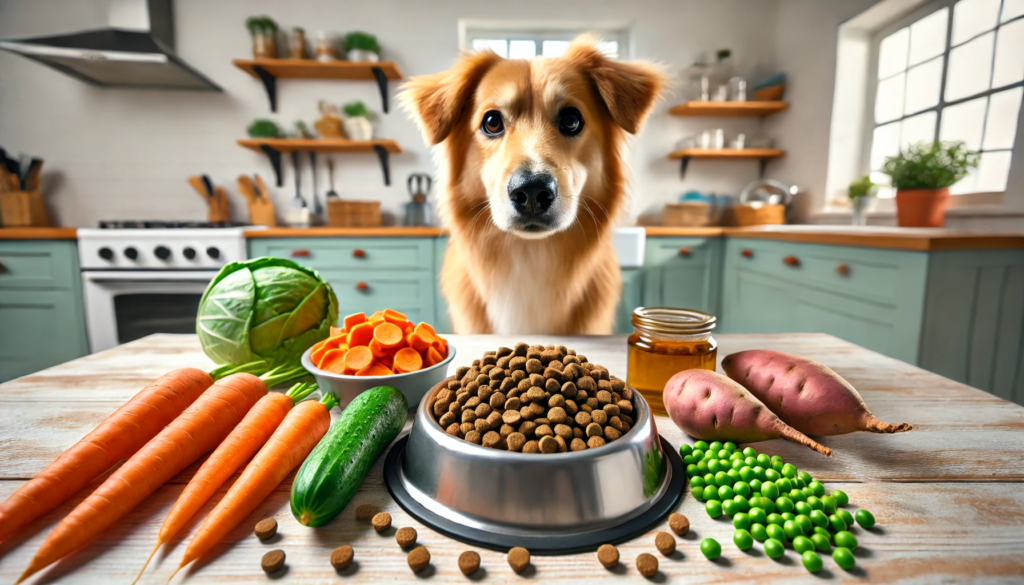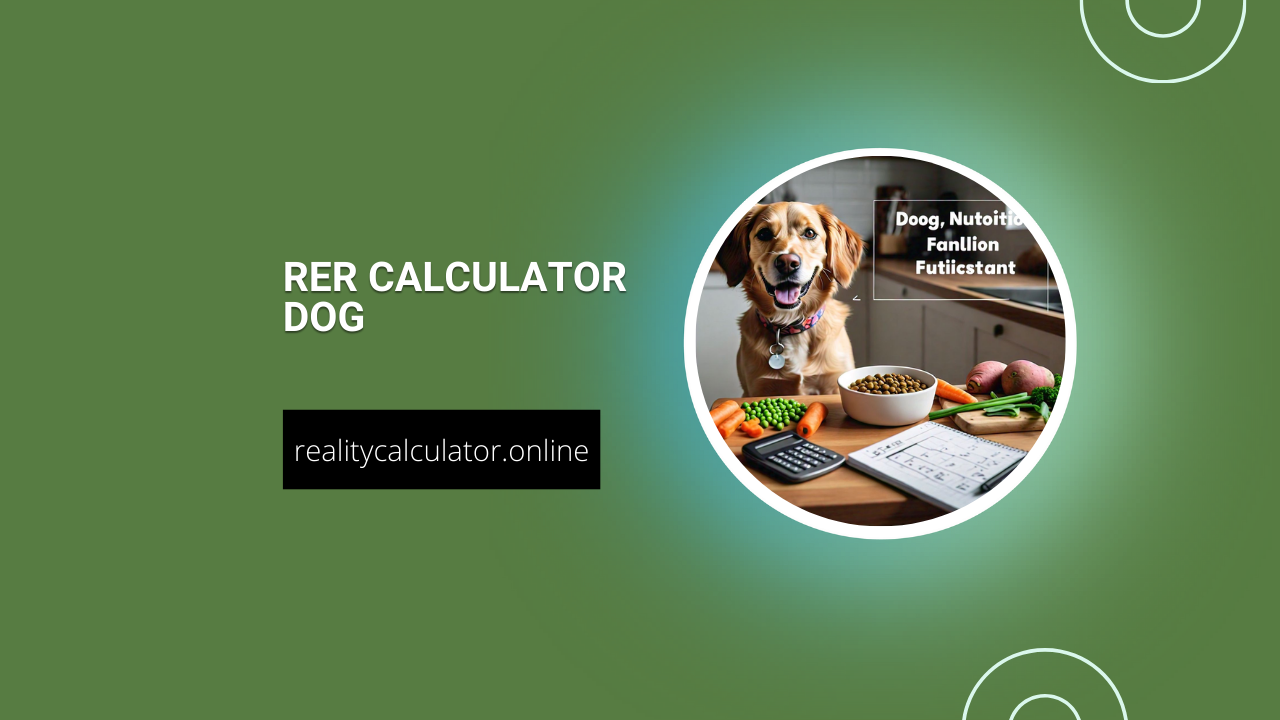When it comes to caring for our pets, their health and well-being are always top priorities.
One essential aspect of pet care is ensuring they receive the right nutrition.
Calculating your dog’s daily calorie needs is crucial for keeping them at a healthy weight and energy level, and the RER Calculator for Dogs is a useful tool to help with this.
This calculator assists pet owners and veterinarians in determining a dog’s calorie needs based on their weight and energy expenditure.
What is the RER Calculator for Dogs?
The Resting Energy Requirement (RER) calculator estimates a dog’s basic energy expenditure at rest, excluding additional activities.
It’s based on the dog’s body weight, and the result represents the number of calories needed to maintain vital functions like breathing, circulation, and digestion. The formula commonly used is:
RER = 70 × (weight in kg)^0.75
This formula provides a baseline calorie need, much like how a chatham rate cap calculator determines maximum financial limits, albeit in a different context.
Additional factors like your dog’s activity level, age, and health conditions will influence their total daily energy requirement, which may be 1.2 to 3 times the RER.

Why is the RER Calculator Important?
Calculating a dog’s RER is the foundation for ensuring your pet receives the appropriate amount of food to meet their unique needs.
Overfeeding can lead to obesity, while underfeeding may cause malnutrition. The RER calculator provides an objective measure that can be adjusted for puppies, elderly dogs, or dogs with specific health conditions.
Regularly checking and adjusting your dog’s caloric intake based on this baseline helps support long-term health.
Similarly, when planning for pet care costs, a medication refill calculator can be useful for estimating expenses tied to specific health needs.
How to Use an RER Calculator for Dogs
Using an RER Calculator Dog is straightforward. Here’s how to do it:
- Weigh Your Dog:
Weigh your dog accurately in kilograms (1 kg = 2.2 lbs). - Use the RER Formula:
Apply the formula RER = 70 × (weight in kg)^0.75 by raising the dog’s weight to the power of 0.75, then multiplying by 70. - Calculate Daily Caloric Needs:
For dogs with average activity levels, multiply the RER by 1.6. For working dogs or puppies, use a higher multiplier (e.g., 2.5–3.0). - Adjust Based on Health Needs:
If your dog is overweight, underweight, spayed, or neutered, consult with a veterinarian to determine the correct dietary adjustments.
Additional Factors to Consider
- Age and Life Stage:
Puppies and active adult dogs typically require more calories than senior dogs. You can adjust caloric needs similar to how you might adjust the aco budget calculator for project changes. - Activity Level:
Working dogs or those engaged in activities like agility need a higher calorie intake. - Health Conditions:
Dogs with specific health issues, such as diabetes or thyroid conditions, may require tailored caloric adjustments to maintain optimal health.
Sample Calculation for a Medium-Sized Dog
For example, let’s calculate the RER for a dog weighing 20 kg:
- Apply RER Formula:
RER = 70 × (20^0.75) ≈ 662 calories. - Adjust for Activity Level:
Assuming an average activity level, multiply by 1.6, resulting in approximately 1059 calories per day.
This daily caloric intake can then be divided among meals to fit your pet’s feeding schedule.
Consulting with your veterinarian before making dietary changes is always a good idea, especially if your dog has health concerns.
Just as the hattrick stadium calculator helps manage stadium facilities, the RER calculator aids in maintaining a balanced diet for your dog.



